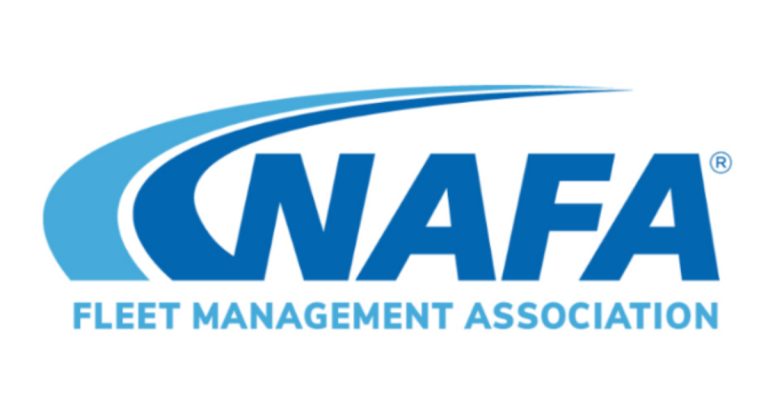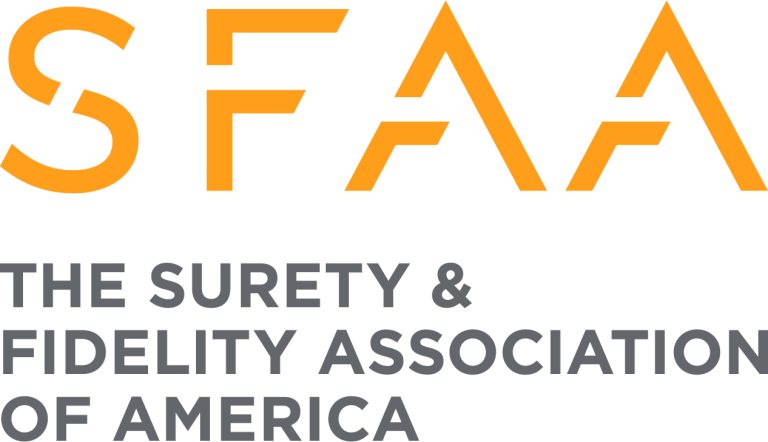
We adhere to strict standards of editorial integrity to help you make decisions with confidence. Some or all links contained within this article are paid links.
Budget deficits are something we’ve come to expect from Uncle Sam. After all, without years of overspending, the federal government wouldn’t be sitting on trillions of dollars in debt. But, the latest monthly Treasury statement delivered a rare — and welcome — surprise.
In April 2025, the U.S. government collected $850.2 billion in receipts while spending $591.8 billion, resulting in a monthly budget surplus of $258.4 billion.
Don’t miss
- I’m 49 years old and have nothing saved for retirement — what should I do? Don’t panic. Here are 5 of the easiest ways you can catch up (and fast)
- Gain potential quarterly income through this $1B private real estate fund — even if you’re not a millionaire. Here’s how to get started with as little as $10
- You’re probably already overpaying for this 1 ‘must-have’ expense — and thanks to Trump’s tariffs, your monthly bill could soar even higher. Here’s how 2 minutes can protect your wallet right now
That’s not just any surplus — it’s the first monthly surplus of fiscal year 2025 (which began in October 2024), and the second-largest monthly surplus in U.S. history, behind only April 2022’s $308.2 billion surplus.
Does that mean President Trump’s plan is working?
According to the U.S. Department of the Treasury, the surplus was driven by “large individual tax deposits,” with April being the due date for final payments on prior-year taxes and the first installment of quarterly estimated taxes for many individuals and businesses.
Individual income taxes alone brought in $537 billion — by far the biggest contributor to government revenue for April. Social insurance and retirement receipts followed at $184 billion, while corporate income taxes added $94 billion.
Customs duties — a reflection of Trump’s tariffs — generated $15.6 billion in April, more than double the $6.3 billion collected during the same month last year. Still, tariff revenue remains modest compared to other major contributors.
On the spending side, the biggest outlay for the month was Social Security at $132 billion, followed by $89 billion in net interest, $82 billion for Medicare, $76 billion for health and $70 billion for national defense.
Despite the hefty surplus, one strong month isn’t enough to reverse the broader fiscal trend. From October 1 through April 30, the U.S. government brought in $3.110 trillion in revenue but spent $4.159 trillion — resulting in a $1.049 trillion deficit for the fiscal year so far.
So it’s no surprise the national debt continues to soar. As of this writing, the total outstanding debt of the U.S. government sits at a staggering $36.212 trillion.
The takeaway? To run a surplus, you have to earn more than you spend. That might be a tall order for a government juggling countless programs — but for individuals, it’s a surprisingly simple (and achievable) strategy.
Here are a few ways to boost your own fiscal health in 2025 — and beyond.
Cutting waste from your spending
If you want to improve your finances, the first step is understanding where your money goes each month. Track all your expenses for 30 days, then sort them into two categories: necessities — like rent, groceries, utilities and health care — and discretionary spending, such as dining out, entertainment, shopping and hobbies.
This breakdown gives you a clear picture of your spending habits and helps identify areas where you can cut back. But trimming waste isn’t just about skipping lattes or takeout. Even in essential categories — like car insurance or banking — you may be spending more than you need to. The good news? With a bit of research, those costs can often be significantly reduced.
Stop overpaying for car insurance
Car insurance is a major recurring expense, and many people overpay without realizing it. According to Forbes, the average cost of full-coverage car insurance is $2,149 per year (or $179 per month).
However, rates can vary widely depending on your state, driving history and vehicle type, and you could be paying more than necessary.
By using OfficialCarInsurance.com, you can easily compare quotes from multiple insurers, such as Progressive, Allstate and GEICO, to ensure you’re getting the best deal.
In just two minutes, you could find rates as low as $29 per month.
Stop wasting money on bank fees
Bank fees can quietly drain your finances over time. Even comedian Bill Burr once complained to Joe Rogan about his bank taking $28 out of his account every month “for no reason.”
In reality, many traditional banks charge anywhere from $5 to $35 per month in maintenance fees, overdraft fees and other hidden charges.
Online banks, on the other hand, typically offer lower fees (or none at all) since they don’t have the same overhead costs as brick-and-mortar institutions.
For example, Wealthfront’s high-yield cash account offers a 4% APY (annual percentage yield) on deposits — nearly 10 times the national average. Plus, it charges no account, monthly or overdraft fees.
You can open an account with as little as $1 and enjoy 24/7 instant withdrawals. And if you fund your account with $500 or more, you’ll get a $30 bonus.
Let your spare change grow
One of the easiest ways to cut financial waste is by putting your spare change to work instead of letting it sit idle. That’s where micro-investing apps like Acorns come in.
When you make a purchase on your credit or debit card, Acorns automatically rounds up the price to the nearest dollar and invests the difference — the coins that would wind up in your pocket if you were paying cash — into a diversified portfolio of ETFs.
Buying a coffee for $3.40? The app rounds it up to $4 and invests the extra $0.60. Over time, those small amounts can add up — especially if you’re consistently spending and saving.
It’s a simple, set-it-and-forget-it way to build wealth from money you might not even miss — and, if you sign up today, Acorns will add a $20 bonus to help you begin your investment journey.
Read more: Want an extra $1,300,000 when you retire? Dave Ramsey says this 7-step plan ‘works every single time’ to kill debt, get rich in America — and that ‘anyone’ can do it
Create a steady passive income stream
Cutting expenses is one way to create a surplus — but boosting income can be just as powerful. And while asking for a raise doesn’t always lead to results, there are ways to earn money without clocking in extra hours. That’s where passive income comes in: money that keeps flowing with minimal day-to-day effort.
One of the most popular passive income strategies? Real estate.
When you own a rental property, tenants pay you rent each month — providing a steady stream of cash flow. It’s also a time-tested hedge against inflation, since both property values and rental income tend to rise along with the cost of living.
Of course, purchasing a property requires significant capital — and finding the right tenant takes time and effort. But thanks to new investment platforms like Arrived, you don’t need to own a property outright to gain exposure to real estate.
With Arrived, you can invest in shares of rental homes with as little as $100, all without the hassle of mowing lawns, fixing leaky faucets or handling difficult tenants.
The process is simple: browse a curated selection of homes that have been vetted for their appreciation and income potential. Once you find a property you like, select the number of shares you’d like to purchase, and then sit back as you start receiving potential rental income deposits from your investment.
Another option is Homeshares, which gives accredited investors access to the $36 trillion U.S. home equity market — a space that’s historically been the exclusive playground of institutional investors.
With a minimum investment of $25,000, investors can gain direct exposure to hundreds of owner-occupied homes in top U.S. cities through their U.S. Home Equity Fund — without the headaches of buying, owning or managing property.
With risk-adjusted target returns ranging from 14% to 17%, this approach provides an effective, hands-off way to invest in owner-occupied residential properties across regional markets.
What to read next
- Millions of Americans now sit on a stunning $35 trillion in home equity — here’s 1 new way to invest in responsible US homeowners while targeting a 14%-17% IRR
- Robert Kiyosaki warns of a ‘Greater Depression’ coming to the US — with millions of Americans going poor. But he says these 2 ‘easy-money’ assets will bring in ‘great wealth’. How to get in now
- Here are 5 ‘must have’ items that Americans (almost) always overpay for — and very quickly regret. How many are hurting you?
This article provides information only and should not be construed as advice. It is provided without warranty of any kind.


